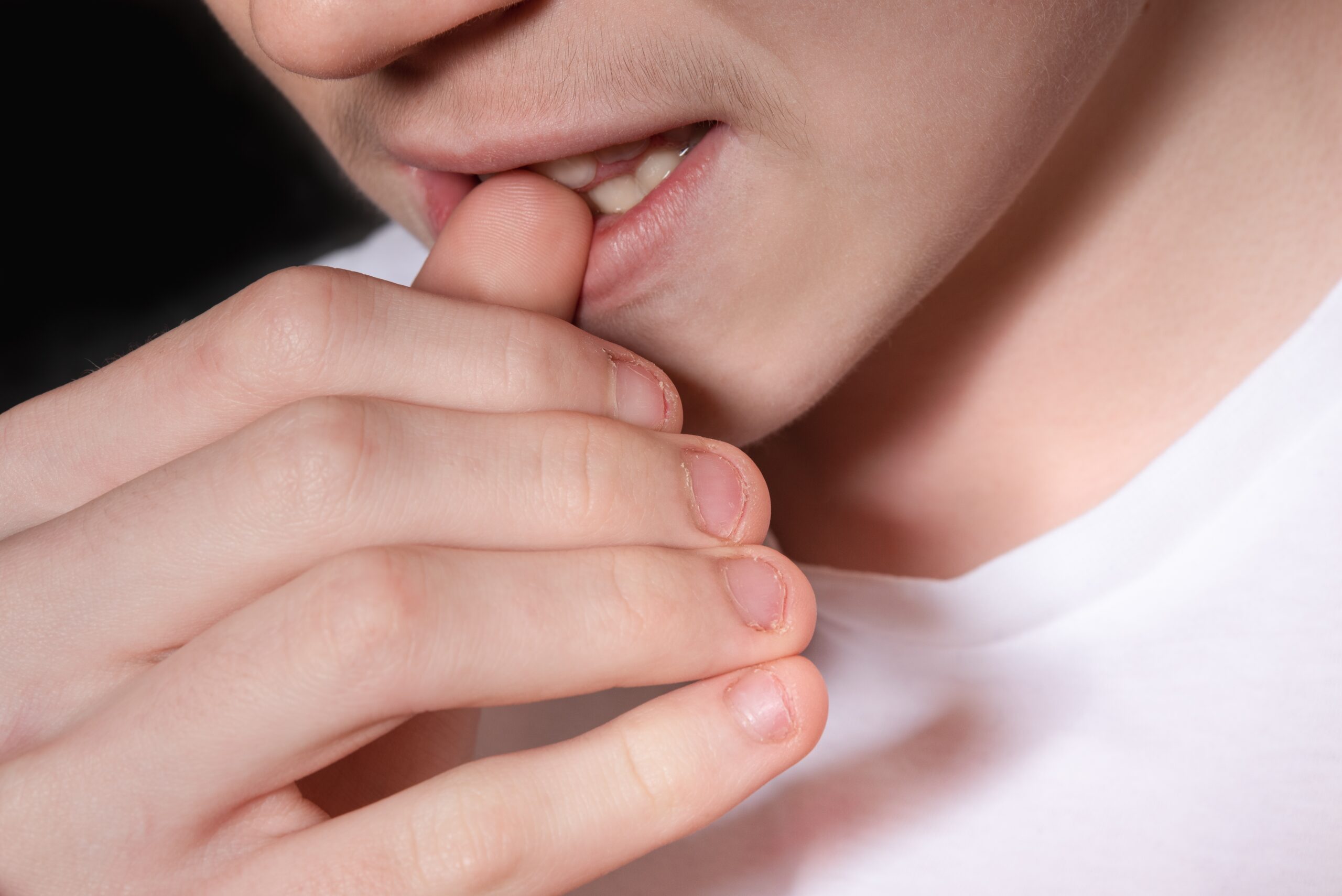Whether it’s nail-biting, overeating, procrastination, or any other unhelpful behavior, the good news is that with dedication and persistence, it’s entirely possible to make lasting changes. Bad habits can impact your health, happiness, and relationships, and removing them can lead to a healthier, more productive lifestyle. Follow these seven steps, and you’ll be well on your way to dropping your bad habit for good.
1. Commit to Change
The first and most important step is making a firm commitment. Acknowledge that you want to make a change, and fully commit to it. This isn’t just a vague intention—it’s a concrete decision. Write down your goals, share them with someone close to you, or simply reaffirm your commitment to yourself each day. When you set a firm intention to change, you create the foundation for success.
2. Find a Support System
Breaking a bad habit can be a tough journey, but it’s easier when you have support. Reach out to a friend, family member, or colleague who can act as your accountability partner. Ask them to check in on your progress, offer encouragement when you face setbacks, and celebrate your victories with you. A supportive person can help you stay motivated and provide the emotional boost you need to keep going.
3. Take It at Your Own Pace
Going cold turkey doesn’t work for everyone. If quitting a bad habit all at once feels overwhelming, break it down into manageable steps. Start small and gradually reduce or replace the habit over time. Whether you take large strides or small steps, the key is to make consistent progress. Celebrate each milestone along the way, and don’t rush the process—your success will depend on the pace that works best for you.
4. Replace with Positive Habits
Many bad habits are simply ways to cope with certain feelings or situations. Instead of leaving a void, replace your bad habit with something positive and fulfilling. For example, if you tend to snack on unhealthy foods when stressed, try replacing that habit with drinking a glass of water, going for a short walk, or practicing deep breathing exercises. By creating new positive habits, you’ll not only remove the negative behaviors but also build healthier, more sustainable patterns in your life.
5. Let Go of the Guilt
Guilt can be one of the biggest barriers to overcoming bad habits. If you slip up, don’t let guilt keep you from continuing on your path of change. Remember that no one is perfect, and it’s okay to experience setbacks. Acknowledge them, forgive yourself, and refocus on your goal. Guilt only creates a cycle of negativity, so let go of the self-blame and allow yourself the freedom to try again with a renewed mindset.
6. Reward Yourself for Progress
Change takes effort, and it’s important to acknowledge and reward the progress you make. Every time you make progress, no matter how small, celebrate it! Reward yourself with something meaningful to you—whether it’s a relaxing evening, a treat, or a small gift to recognize your hard work. These rewards will reinforce positive behavior and motivate you to continue working towards your goal. Just be careful that your reward doesn’t lead you back into your old habit.
7. Focus on the Future, Not the Past
Once you’ve started making progress, keep your eyes focused on the future, not the past. Don’t let any mistakes or setbacks define you—learn from them and use those lessons to strengthen your resolve. As you continue making progress, you’ll naturally begin to adopt new, positive habits that will improve your life. Embrace the new you, and remember that every step forward is a victory.
Breaking Bad Habits for Good
No matter how ingrained your bad habit may seem, it’s never too late to make a change. By following these seven steps, you can break free from negative patterns and build a healthier, happier lifestyle. With commitment, support, and persistence, you’ll not only change your habits but transform your mindset and overall well-being. Stay focused on the benefits of your healthier lifestyle, and you’ll soon find that your old habits no longer hold power over you.





